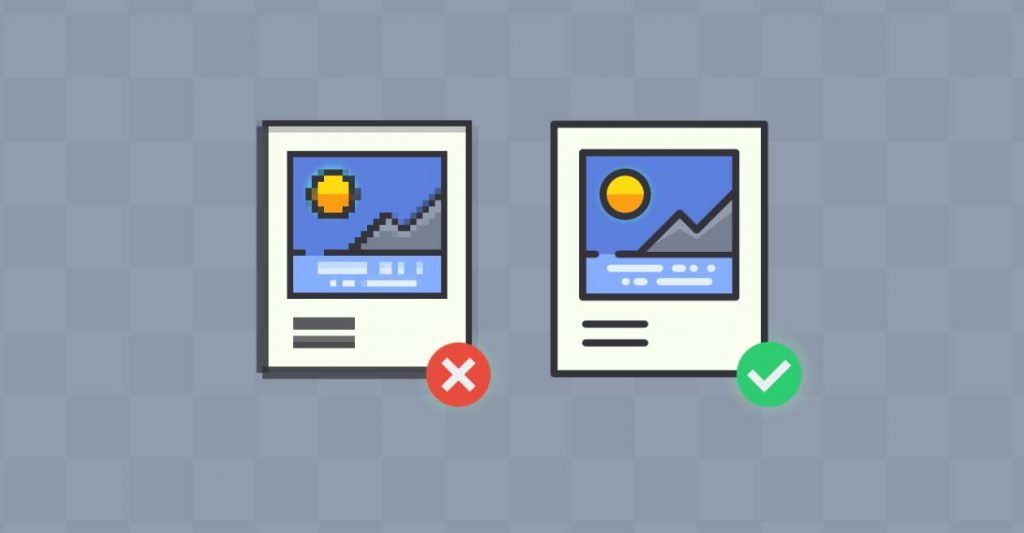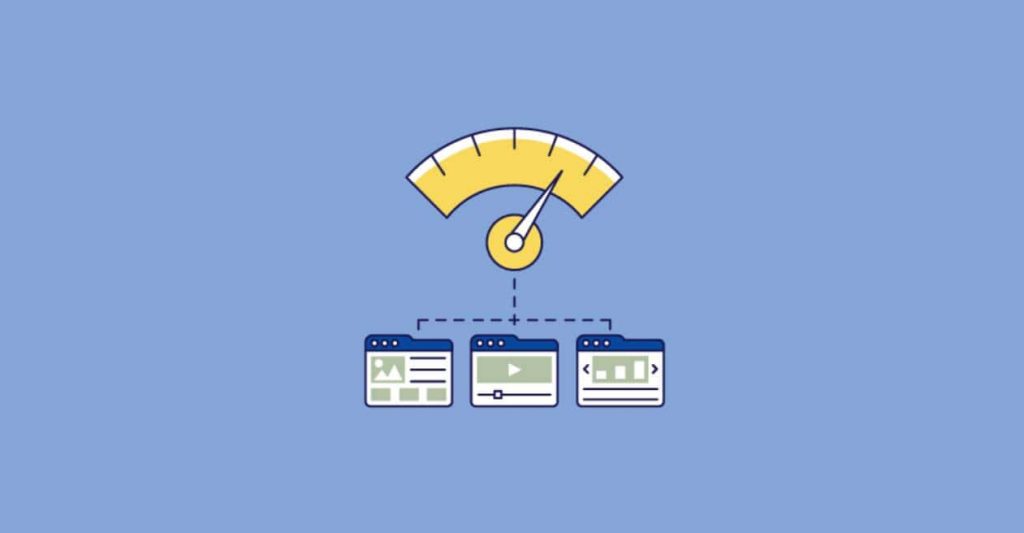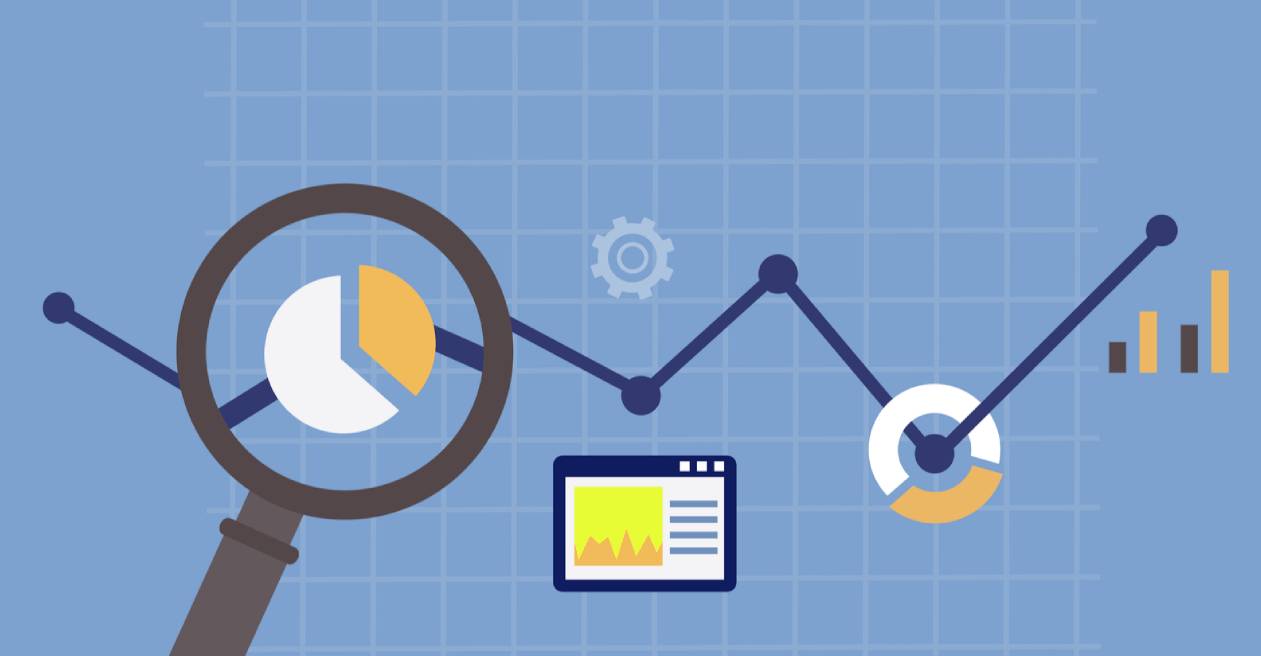Image optimization is one of those things we hear about all the time but rarely talk about. It sounds like something that should be obvious, but there are many ways to go wrong if you aren’t careful. In fact, some people think that optimizing images isn’t worth the effort because they’re just “pretty pictures.” We disagree. Even those responsible for well-known adult content sites, such as Film Porno Italiano, optimize their images in order to have better results not only in the performance of the site but also in the traffic that comes to them through the images.
Images play a huge role in web design, and they make a big impact on whether your visitors are happy enough to return to your site again. If you want to keep your customers coming back for more, you’ll need to take care of these little guys.

What is Image Optimization
Image Optimization is the process of ensuring the images that appear on a website don’t cause any issues when they load. It includes things like having the right tags, optimizing for different browsers and mobile devices, and making sure the file size is small enough so that the page doesn’t take too long to load.
- Combining other on-page optimizations with these techniques helps websites achieve better rankings.
- Ensuring the visibility for images in the vertical image results page of Google
When optimizing an image, one of the key KPIs is the number of times the page containing the image has been viewed. You can use Google tools to see if there is any improvement in terms of traffic when using the optimized image. However, be sure to switch the search type from “search” to “image.”
Optimize your images
The average person spends about three hours online each day — most of it spent watching videos, browsing social media, or reading news articles. If you want to keep your audience engaged and retain those precious eyeballs, you need to ensure that your web pages are loading quickly. Optimizing images can help tremendously here because it reduces the amount of data transferred over the network.
In addition to reducing bandwidth usage, optimizing images also helps reduce the number of requests needed to display a webpage. A single request for an image takes up to 20% less bandwidth than a similar-sized GIF or JPEG. And since there’s no animation involved, your visitor doesn’t even notice the slight delay.
The internet is full of beautiful pictures. Some people even spend hours taking photos just to show off their creativity. But it doesn’t matter how much effort you put into your photo editing software — there are some things you simply cannot do to your picture once you upload it to the web.
That’s why we’ve compiled a list of tips and tricks that’ll help you to optimize images for web AND performance. We’re talking about reducing file size while maintaining image quality. Let’s dive in.
- Reduce File Size with JPG Compression
- Use PNG Files Instead of GIFs
- Resize Your Photos Before Uploading Them
- Remove Unnecessary Background Details
- Create Thumbnails
- Keep Your Graphics Simple
- Use SVG (Scalable Vector Graphics) For Complex Designs
- Avoid Using Flash
- Add Alt Text To Your Images
- Make Sure You Have Good Quality Images

Images are the largest contributor to a webpage’s overall weight. On average, data from HTTP Archive reveals that image files account for 75% of a total site’s weight. As a result, optimizing images can help lower your webpage’s weight, making it faster to load. Optimizing images can also improve your search rankings since Google prefers sites that don’t take too long to load.
If you’re uploading images to your website, make sure you include keywords in the name of each one. This helps search engines find your site faster. Also, don’t forget to add alt tags to every image. These are short descriptions of what the picture represents. They provide additional information to assist visually impaired people.

Why Image Optimization is important?
Optimizing images for web pages speeds up loading time and makes them easier to read. Images are often used to represent content on websites, so they’re important to optimize. They can also be used by Google to rank sites better.
To optimize images for the web, use the right settings for the filename, path, Alt text, and TITLE text tags. Also, choose an appropriate format for the files (JPEGs, PNGs, GIFs). And remember to keep a close eye on the sizes of the files.
